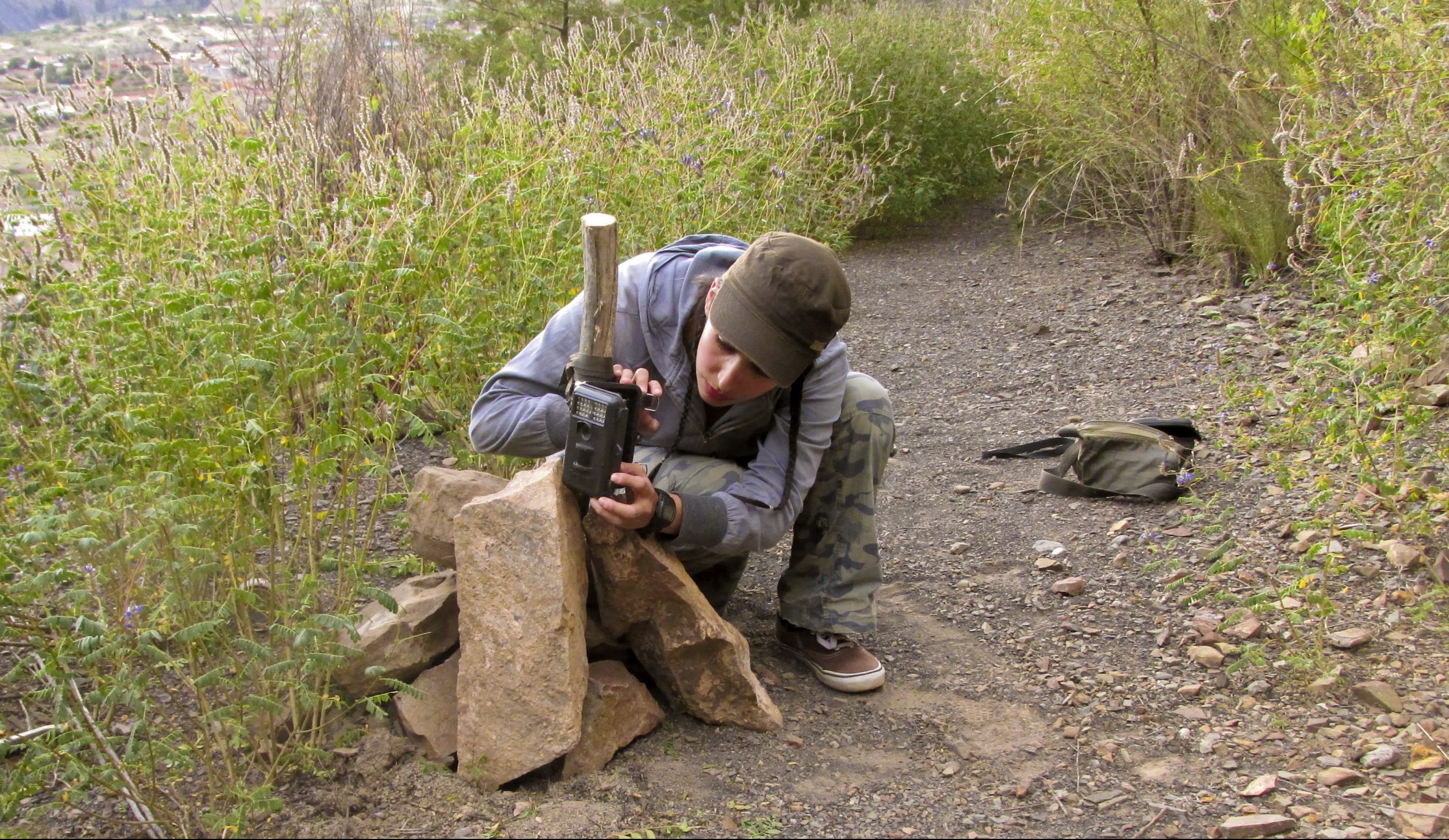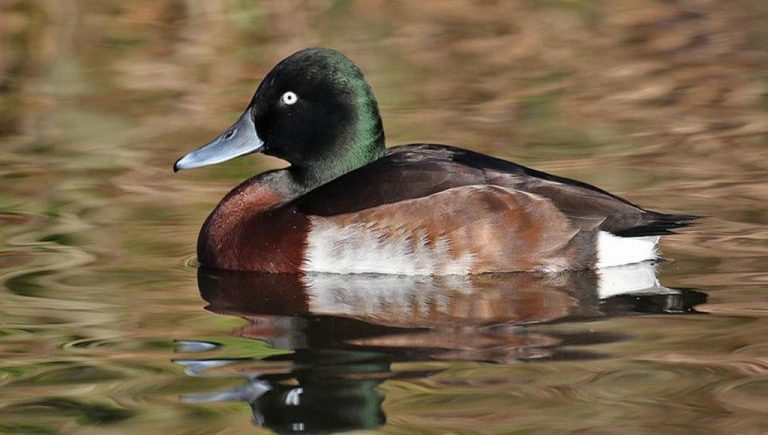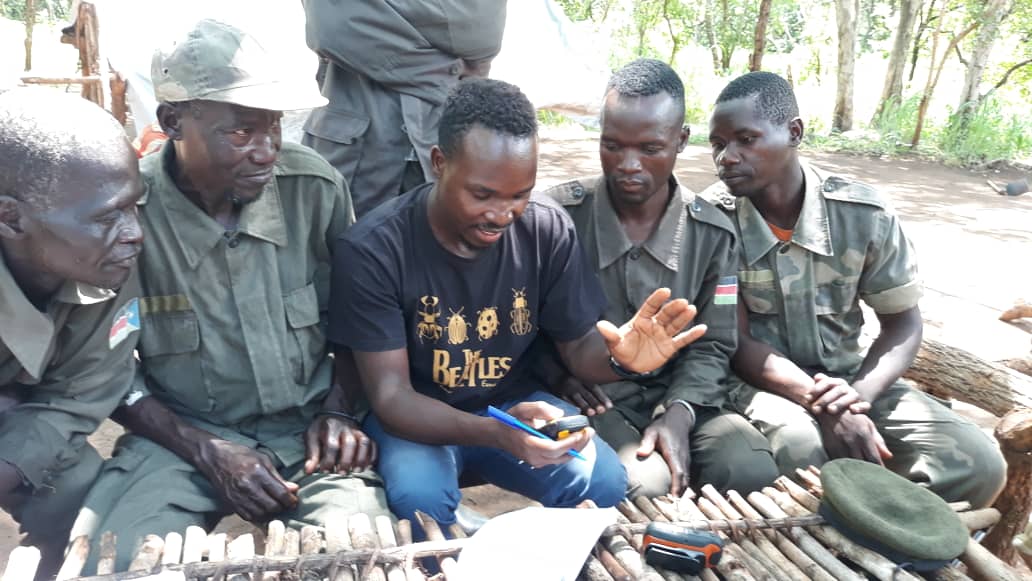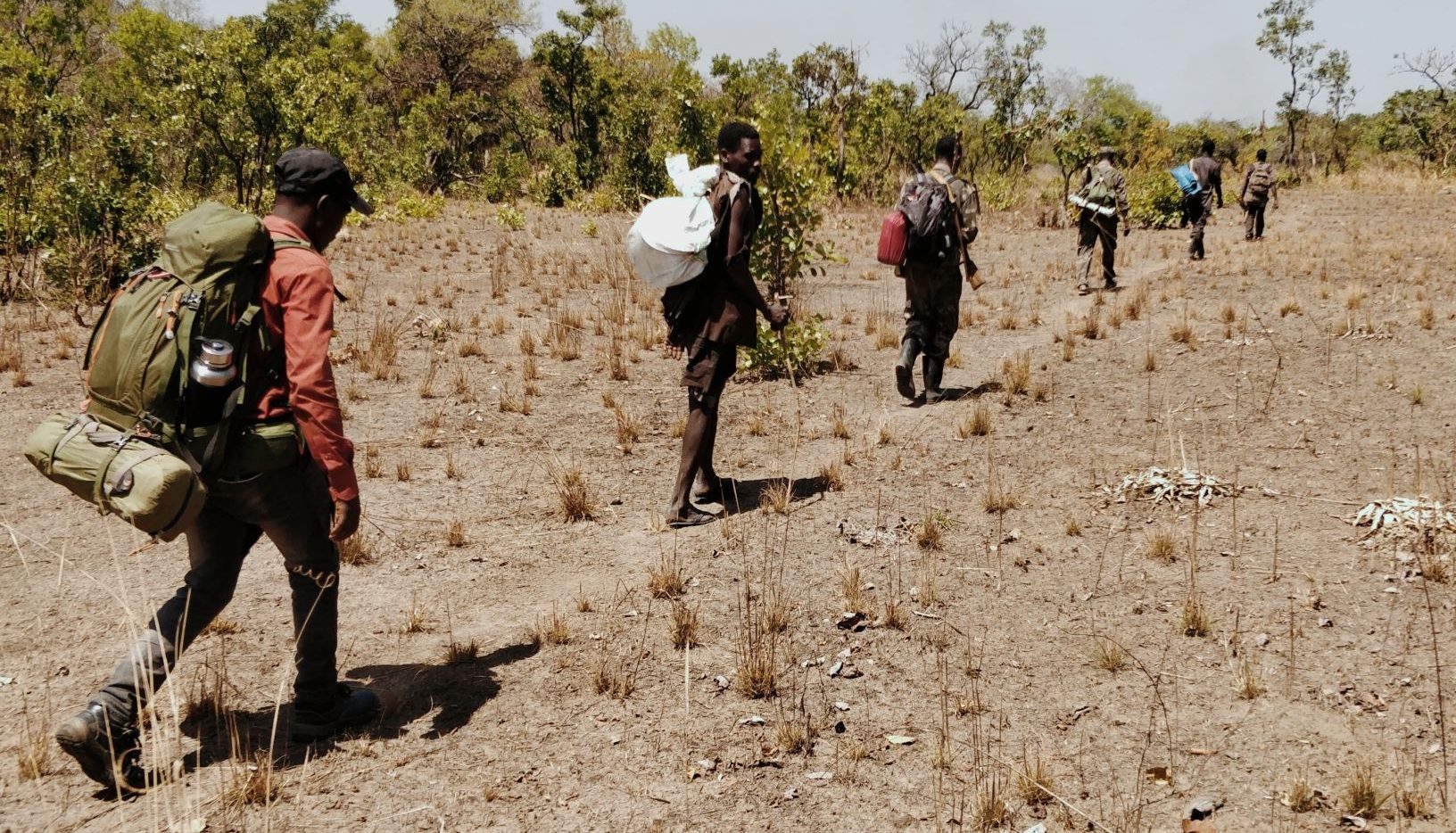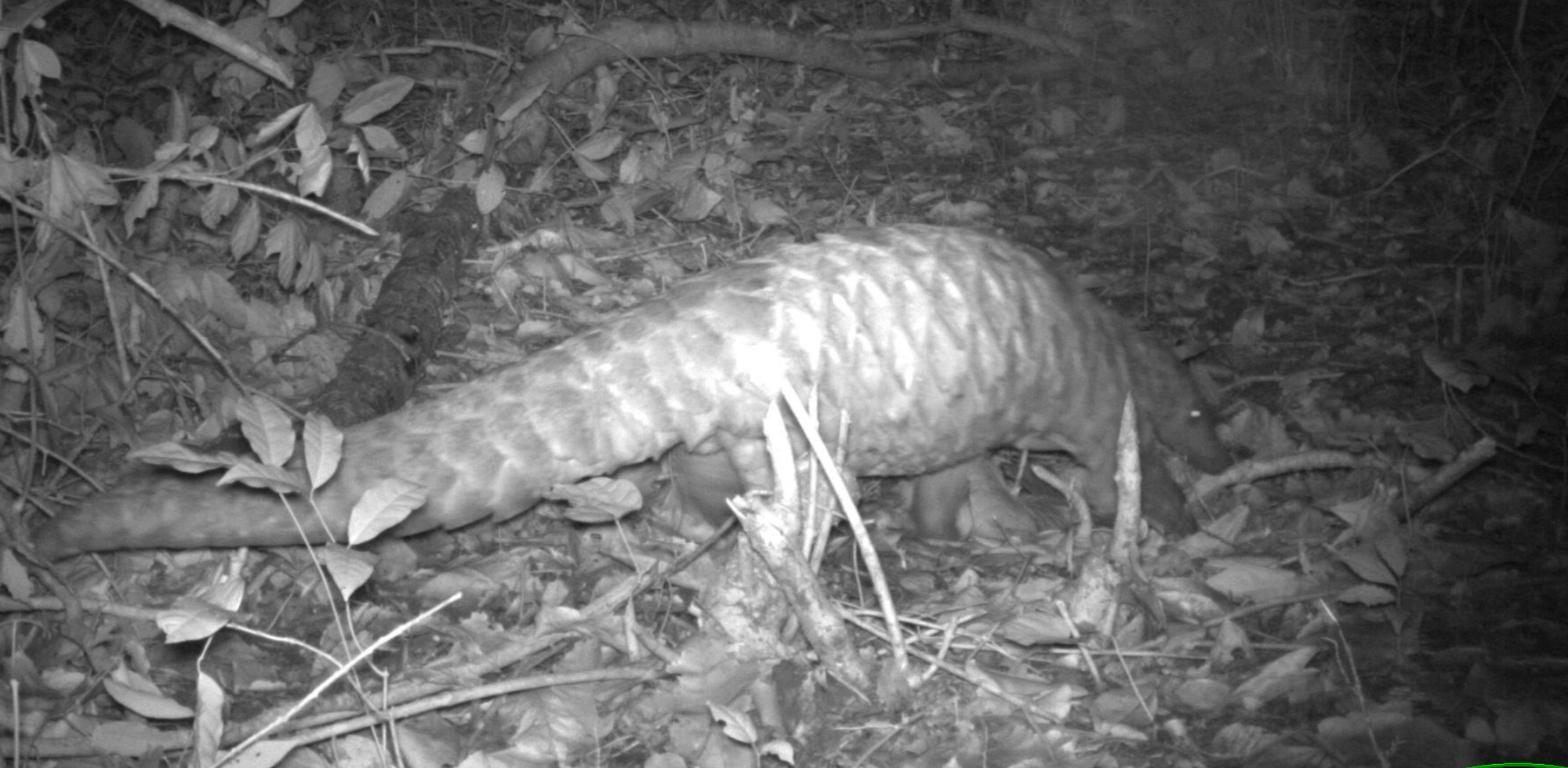Over the last nine months, several CLP alumni have been featured in The Revelator – an online news and ideas initiative of the Center for Biological Diversity in the US – where they have shared their stories and the plight of the species they are fighting to protect.
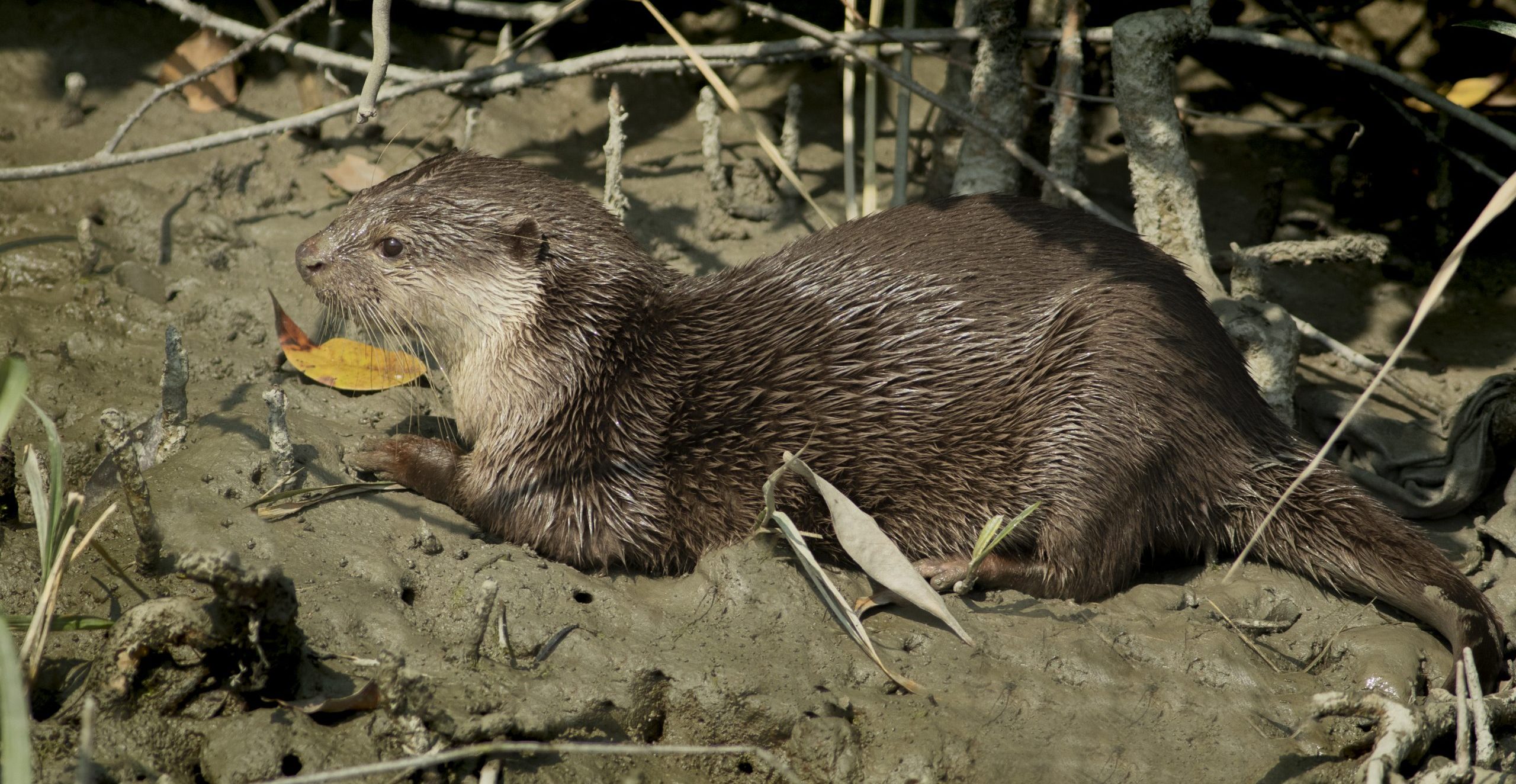
This year, seven alumni wrote articles featured in The Revelator’s Species Spotlight series, which aims to highlight interesting and important endangered species around the world along with the personal experiences of the people working to understand or protect them.
Commenting on the series, John Platt, editor of The Revelator, said: “Some [of the Species Spotlight stories] are sad, some are full of awe, but they all share something in common: passion for the wild world. I think our readers have really responded to that. I’ve received several emails thanking us for bringing these species and their threats to light.”
Here we round up the Species Spotlight articles written by our alumni about the species they are working to protect – from sawfish to snow leopards and stream frogs – all of them in peril but fighting for survival with the help of our heroic conservation leaders.
The Asian Small-Clawed Otter – A Victim of the Pet Trade
Muntasir Akash, 2020 Future Conservationist Award-winner, explains that the Asian small-clawed otter – the smallest of the planet’s 13 otter species – finds its habitat shrinking every day. “We know little about these mustelids — especially in Bangladesh, where I conduct my research — but they face a horde of threats”, he writes.
In his Species Spotlight article, Akash describes an unforgettable, “heart-melting” moment watching camera-trap footage of multiple otter families. He captured the footage through his team’s intensive camera trapping surveys in north-eastern Bangladesh forests, which aim to uncover the secret lives of lesser known small carnivores. Watch the below video to find out more.
The El Rincon Stream Frog is in Hot Water
Dr Federico Kacoliris received a 2020 CLP Follow-Up Award (worth $25,000) to support his work ensuring the long-term survival of the Critically Endangered El Rincon stream frog, which only lives in hot springs at the headwaters of a small Patagonian stream.
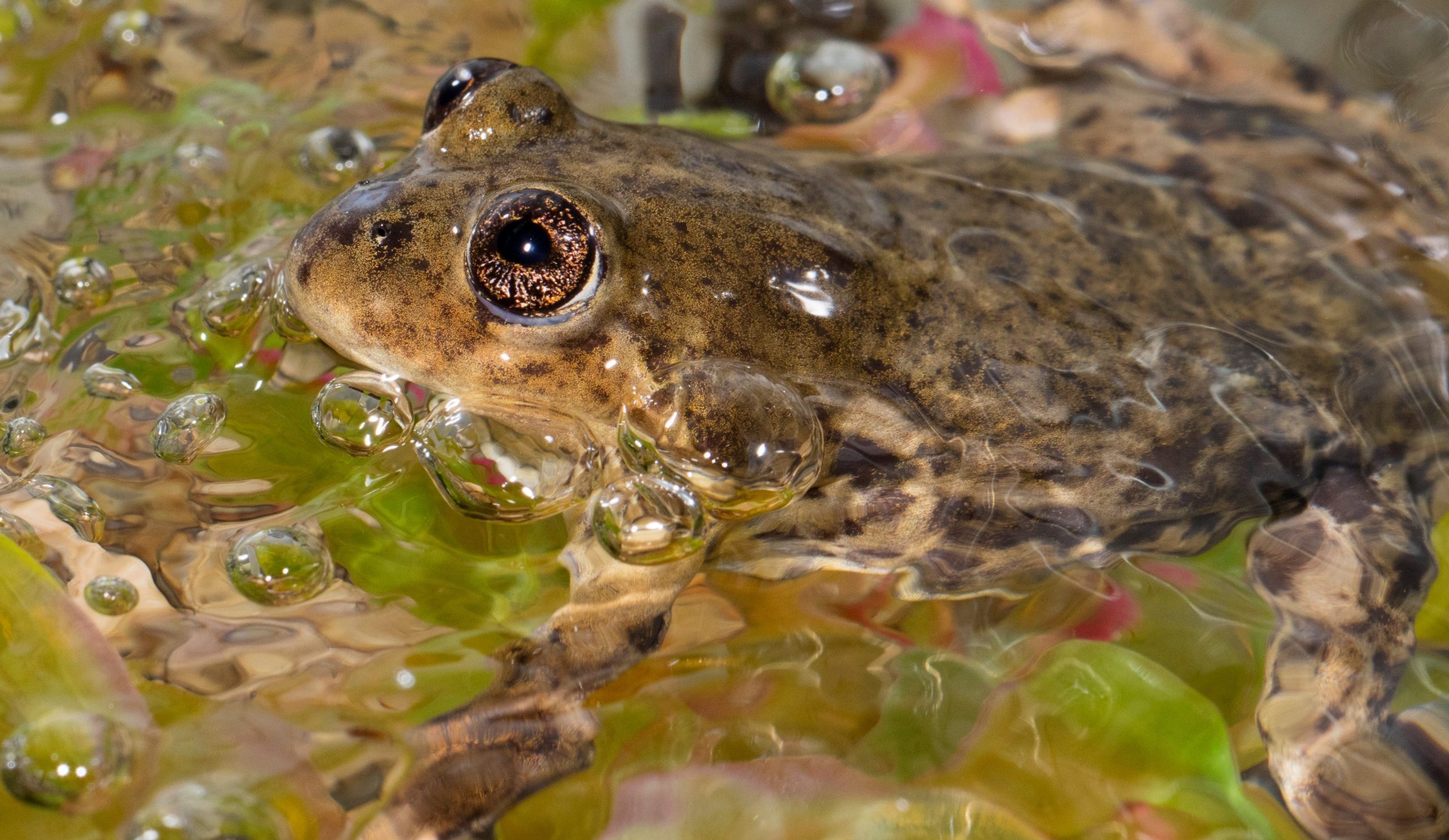
In his Species Spotlight article, Federico writes, “Invasive predators, rainbow trout, have cornered these frogs in their last remaining habitat. And even there, they also face habitat destruction by livestock.”
Luckily, Federico and his team at the Somuncura Foundation are running an action plan based on habitat restoration and population recovery, including ex situ breeding and reintroduction of frogs into restored habitat.
Velvet Scoter – the Disappearing Diving Duck
Just a few years ago, it was thought that a geographically isolated population of velvet scoters – a wide-ranging sea duck – was completely extinct in the Caucasus. Yet in 2017, PhD student Nika Paposhvili discovered a small breeding population of these birds at Lake Tabatskuri, Georgia.

In his Species Spotlight article, Nika describes the moment he first spotted them: “It was a joy and at the same time a great assault on my emotions, hard to describe in words — like the feeling a father has when he first sees his first child.”
Nika has since been leading efforts to protect this remnant population from egg poachers and gull predators, supported by CLP grants in 2017 and 2020.
The Gentle and Quirky White-Bellied Pangolin
PhD student and 2020 CLP Future Conservationist Award-winner, Charles Emogor, studies white-bellied pangolins in Nigeria, and is working to protect them from poachers and illegal wildlife trade.
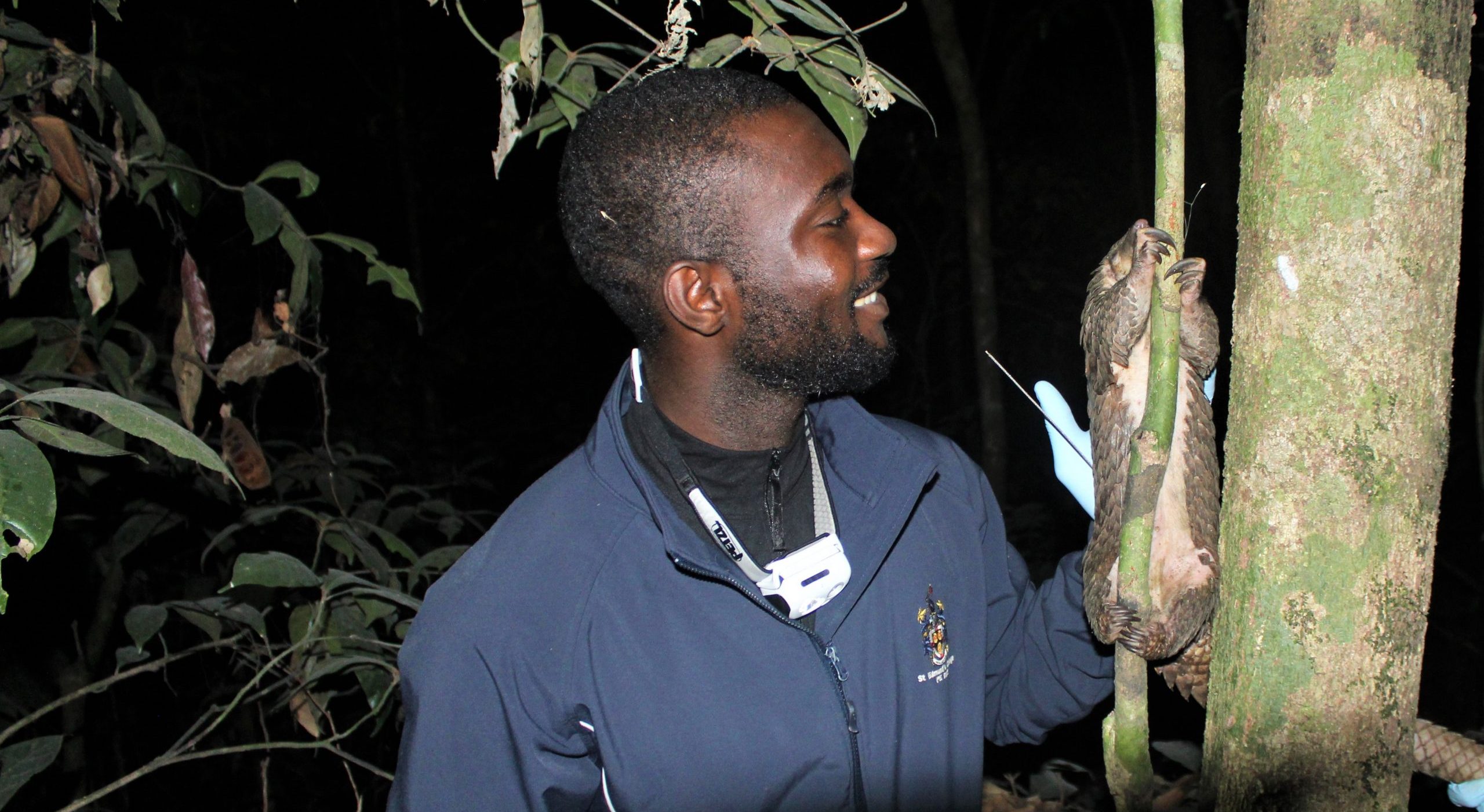
“These gentle and somewhat quirky animals should be celebrated, but instead they’re often killed for their unique scales,” he writes in The Revelator.
They are so rare that the experience of seeing a live white-bellied pangolin filled Charles with “excitement and hope,” having hiked 11 hours into the heart of Nigeria’s Cross River National Park to tag five of them with GPS transmitters so that he could monitor them from a distance.
Charles recommends several conservation actions to protect pangolins, including further understanding their ecology and increasing anti-poaching patrols. Recently, Charles discovered that Nigeria has a much larger role in international pangolin trafficking than previously thought.
The Large-Antlered Muntjac Faces a ‘Quiet Extinction’
PhD student and CLP alumna Minh Nguyen is working hard to “change the fate of the species she loves” – the Critically Endangered large-antlered muntjac, which is heading fast towards a “quiet extinction” hidden away in a miniscule global range in the Annamite Mountains of Laos and Vietnam.
Widespread intensive snaring for the wildlife trade throughout their small range is the number one problem. Although the large-antlered muntjac is not a focus of the trade, snares are indiscriminate.
In her Species Spotlight article, Minh writes eloquently about her beloved study species and recommends strategies to save it, including “better informed, strategic in situ conservation management – but it has been disappearing so fast that “just in case” ex situ conservation breeding is needed.”
The Elusive Snow Leopard
Ajay Bijoor, Assistant Head of the High Altitude Program at Nature Conservation Foundation (NCF), focuses on implementing community-led conservation efforts across some snow leopard landscapes in India. Ajay is a member of the team that won CLP’s top prize, the Conservation Leadership Award in 2020 (worth $50,000) and a Follow-Up Award in 2015.
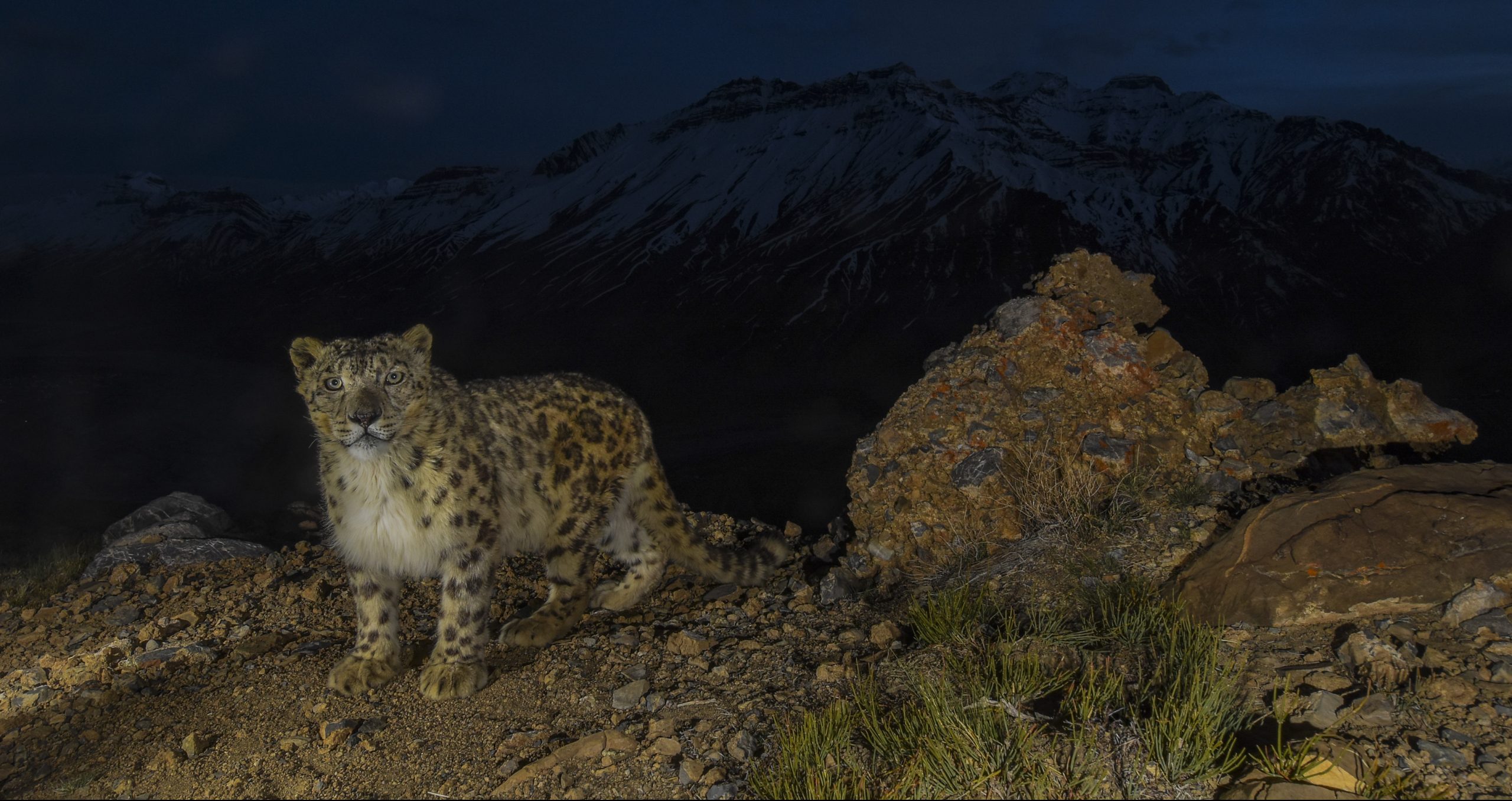
As Ajay writes in The Revelator, snow leopards are threatened by illegal hunting, conflict with livestock farmers, and climate change, and have a decreasing population trend. The Global Snow Leopard & Ecosystem Protection Program (GSLEP) – an alliance of all 12 snow leopard range countries – has now been formed, with one goal: to save the snow leopard and its habitat.
The Greater Hog Badger, Cornered by a Hunting-Driven Extinction Crisis
Another elusive small carnivore captured by Muntasir Akash’s camera trapping surveys, the greater hog badger, is a victim of rampant snaring and illegal trade.
The species had never been described in north-eastern Bangladesh until Akash and his team spotted an individual at one of their camera trap stations.
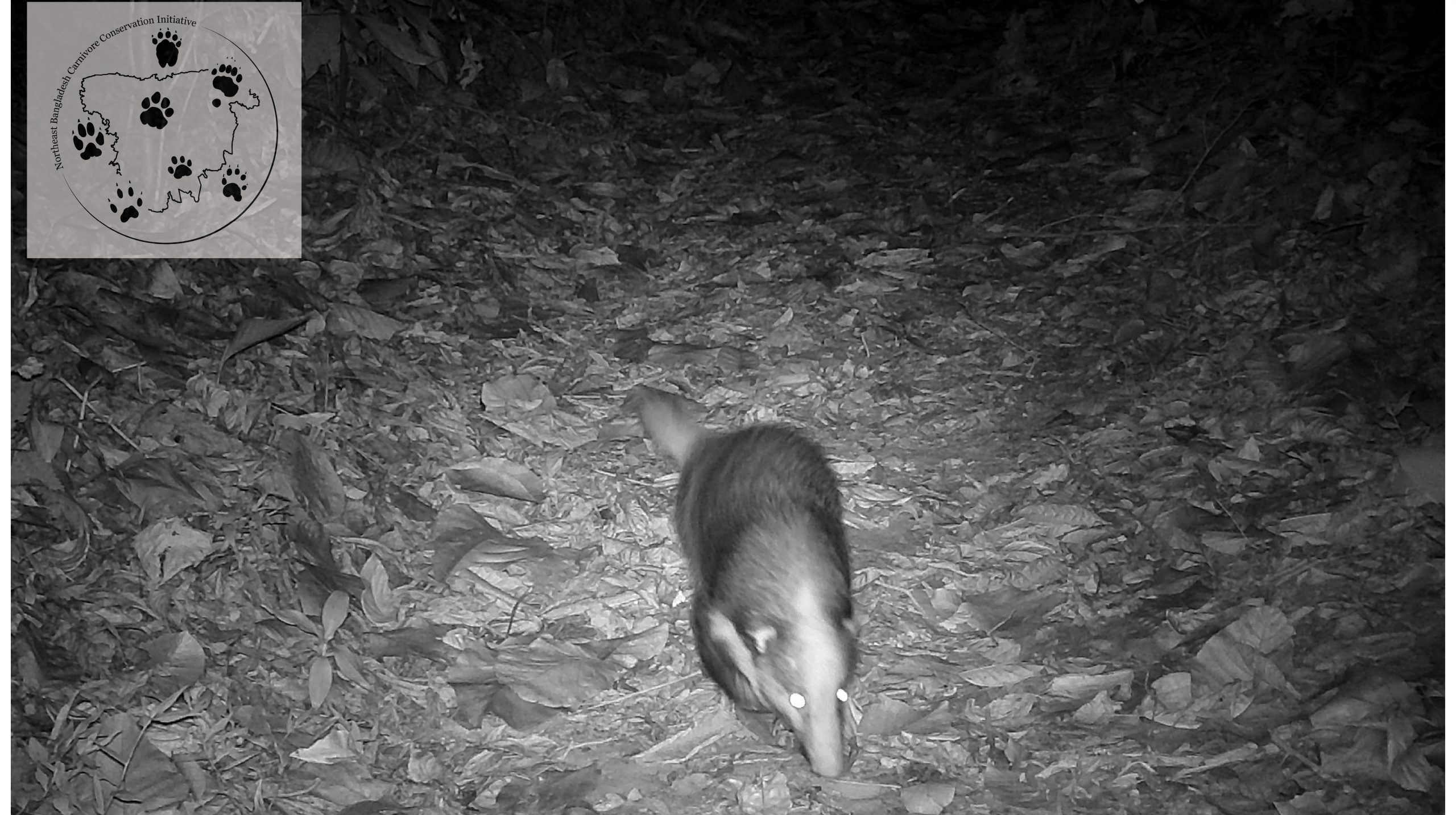
“To protect and understand hog badgers, their habitats need immediate conservation attention. That should involve thorough research, conservation education programs, and sustainable-yet-strict habitat-management practices,” writes Akash in his second Species Spotlight article.
To Save the Narrow Sawfish, First We Must Find Them
CLP alum Sihar Aditia Silalahi received a CLP Future Conservationist Award in 2020 to support his work to protect threatened sawfish species in Indonesia. In The Revelator, Sihar writes about the narrow sawfish, which has suffered a population decline of 50-80% over about 18 years.
Its toothed rostrum, and the fact that it swims close to the sea floor, makes this species susceptible to being caught as by-catch, especially via gill nets and demersal trawls.
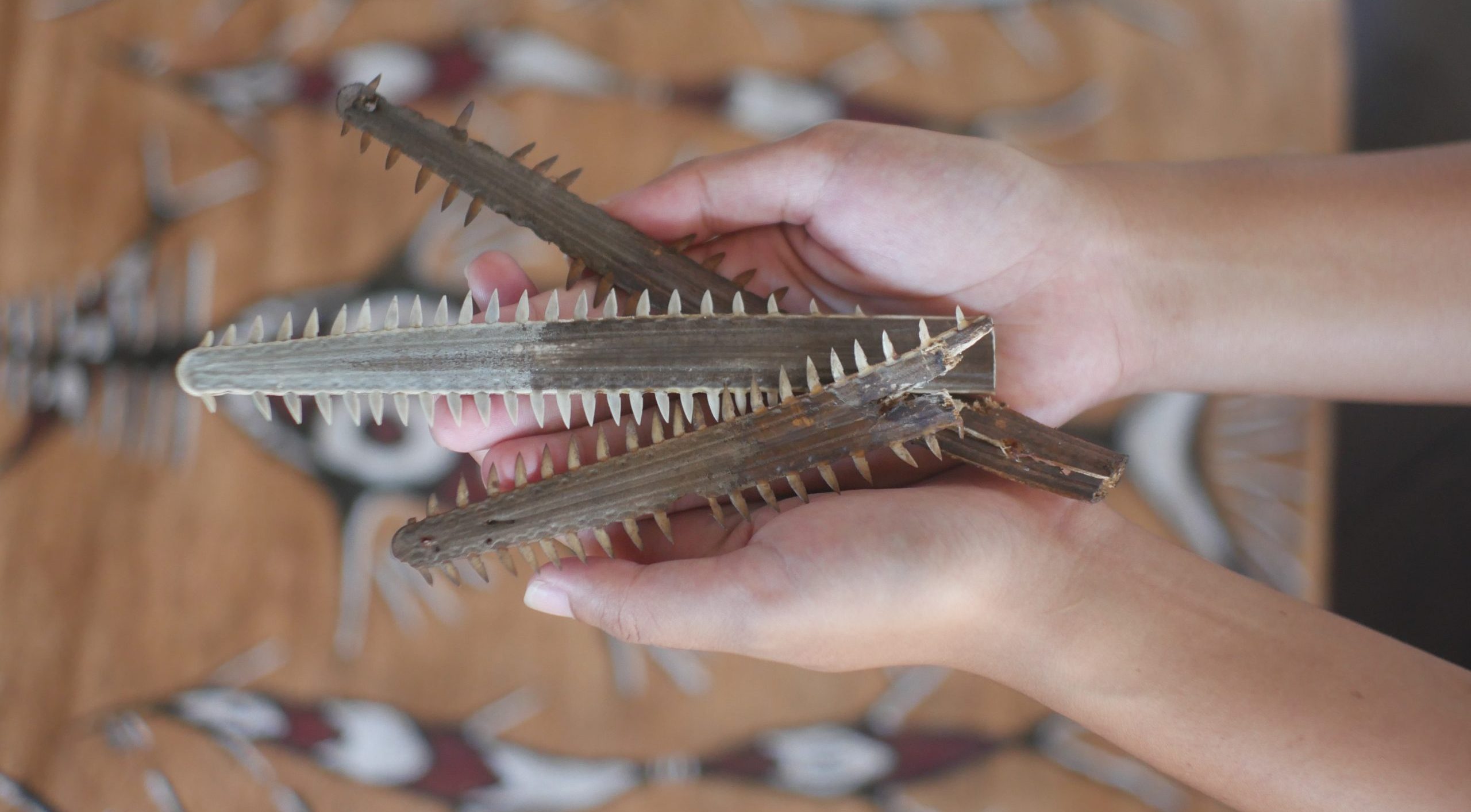
“To save them, I must first find them,” Sihar writes. “That’s the most basic mission for me and my team, and it’s not easy. It took three months in the field before we saw any — and when we finally did, it was seven dead juveniles in a single fisher’s catch in Merauke, Papua.”
Sihar has worked with the Sawfish Project Indonesia, which is one of few conservation initiatives directed at sawfish species throughout their range.
******************************************************************
Through our annual Team Awards and internships, CLP aims to continue supporting conservation leaders in their vital work saving priority species and sites worldwide. We thank The Revelator for bringing the efforts of our alumni and the plight that their focal species are facing into the spotlight.



